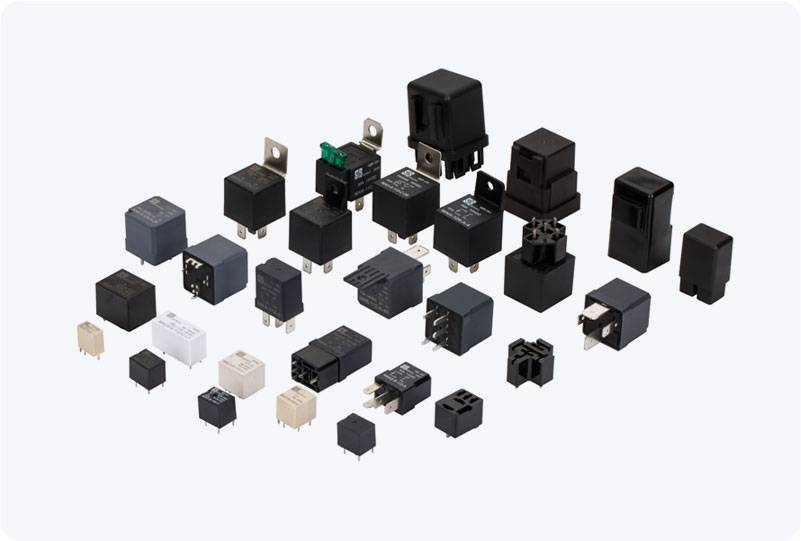Programmable Logic Controllers (PLCs) are essential components in the world of industrial automation. They serve as the brain of automation systems, offering flexibility, precision, and reliability in controlling various mechanical and electrical systems. One of the fundamental features that enhances the functionality of PLCs is the PLC control relay. This combination allows industries to automate complex processes with great accuracy and efficiency.

What is a PLC Control Relay? A PLC control relay refers to the integration of a PLC system with relay components to control external devices. Relays are electrically operated switches that allow low-voltage signals from the PLC to control high-voltage circuits and machinery. Essentially, a relay acts as a bridge between the PLC’s control logic and the external devices, such as motors, lights, valves, or solenoids, in an automated environment. PLC control relays allow the PLC to operate devices that require more current or voltage than the PLC itself can handle. These relays act as intermediaries, opening or closing circuits based on the commands received from the PLC’s output channels. The combination of a PLC and relays creates a system capable of handling complex automation tasks across various industries.